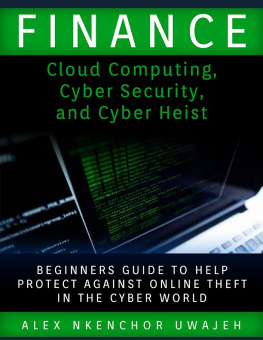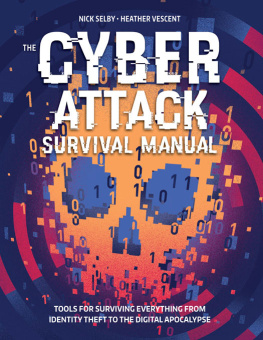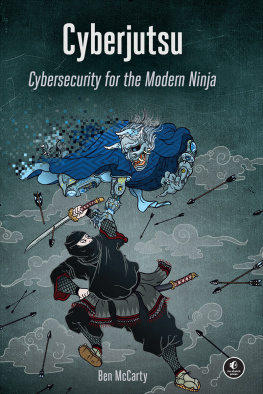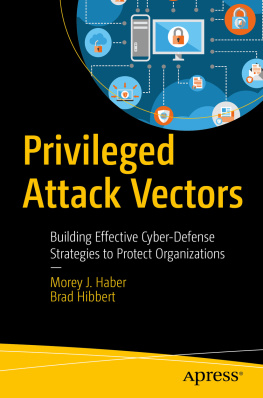Dawn M. Cappelli - The CERT Guide to Insider Threats: How to Prevent, Detect, and Respond to Information Technology Crimes
Here you can read online Dawn M. Cappelli - The CERT Guide to Insider Threats: How to Prevent, Detect, and Respond to Information Technology Crimes full text of the book (entire story) in english for free. Download pdf and epub, get meaning, cover and reviews about this ebook. year: 2012, publisher: Addison-Wesley Professional, genre: Business. Description of the work, (preface) as well as reviews are available. Best literature library LitArk.com created for fans of good reading and offers a wide selection of genres:
Romance novel
Science fiction
Adventure
Detective
Science
History
Home and family
Prose
Art
Politics
Computer
Non-fiction
Religion
Business
Children
Humor
Choose a favorite category and find really read worthwhile books. Enjoy immersion in the world of imagination, feel the emotions of the characters or learn something new for yourself, make an fascinating discovery.

- Book:The CERT Guide to Insider Threats: How to Prevent, Detect, and Respond to Information Technology Crimes
- Author:
- Publisher:Addison-Wesley Professional
- Genre:
- Year:2012
- Rating:4 / 5
- Favourites:Add to favourites
- Your mark:
The CERT Guide to Insider Threats: How to Prevent, Detect, and Respond to Information Technology Crimes: summary, description and annotation
We offer to read an annotation, description, summary or preface (depends on what the author of the book "The CERT Guide to Insider Threats: How to Prevent, Detect, and Respond to Information Technology Crimes" wrote himself). If you haven't found the necessary information about the book — write in the comments, we will try to find it.
Since 2001, the CERT Insider Threat Center at Carnegie Mellon Universitys Software Engineering Institute (SEI) has collected and analyzed information about more than seven hundred insider cyber crimes, ranging from national security espionage to theft of trade secrets. The CERT Guide to Insider Threats describes CERTs findings in practical terms, offering specific guidance and countermeasures that can be immediately applied by executives, managers, security officers, and operational staff within any private, government, or military organization.
The authors systematically address attacks by all types of malicious insiders, including current and former employees, contractors, business partners, outsourcers, and even cloud-computing vendors. They cover all major types of insider cyber crime: IT sabotage, intellectual property theft, and fraud. For each, they present a crime profile describing how the crime tends to evolve over time, as well as motivations, attack methods, organizational issues, and precursor warnings that could have helped the organization prevent the incident or detect it earlier. Beyond identifying crucial patterns of suspicious behavior, the authors present concrete defensive measures for protecting both systems and data.
This book also conveys the big picture of the insider threat problem over time: the complex interactions and unintended consequences of existing policies, practices, technology, insider mindsets, and organizational culture. Most important, it offers actionable recommendations for the entire organization, from executive management and board members to IT, data owners, HR, and legal departments.
With this book, you will find out how to
- Identify hidden signs of insider IT sabotage, theft of sensitive information, and fraud
- Recognize insider threats throughout the software development life cycle
- Use advanced threat controls to resist attacks by both technical and nontechnical insiders
- Increase the effectiveness of existing technical security tools by enhancing rules, configurations, and associated business processes
- Prepare for unusual insider attacks, including attacks linked to organized crime or the Internet underground
By implementing this books security practices, you will be incorporating protection mechanisms designed to resist the vast majority of malicious insider attacks.
Dawn M. Cappelli: author's other books
Who wrote The CERT Guide to Insider Threats: How to Prevent, Detect, and Respond to Information Technology Crimes? Find out the surname, the name of the author of the book and a list of all author's works by series.









